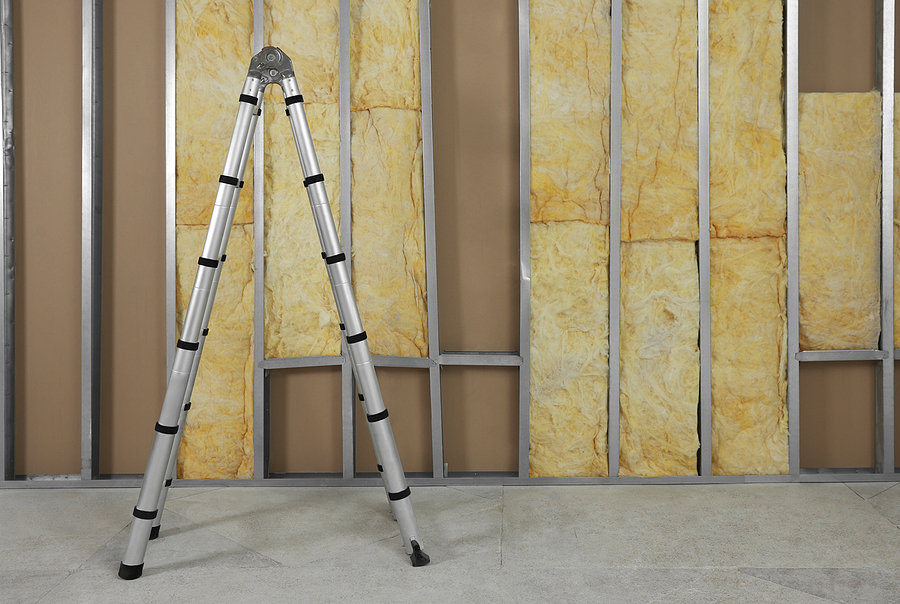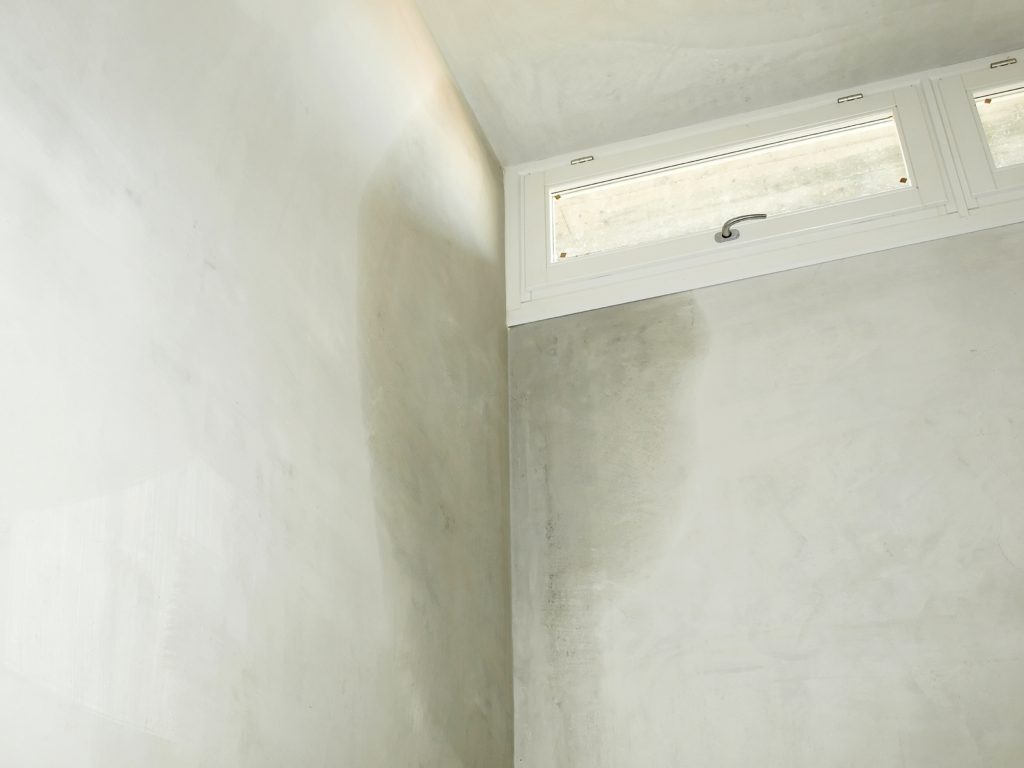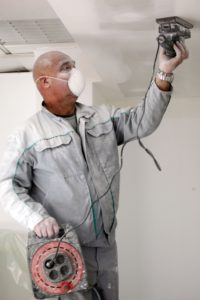Metal stud framing is rapidly becoming the popular choice for construction projects, both residential and commercial. Whether you’re a homeowner planning a remodel, a business owner expanding your premises, or a real estate developer working on a new construction build, understanding the basics of metal stud framing can help you make informed decisions. With durability, versatility, and cost-efficiency on its side, this modern building method brings a wealth of benefits—but only if done right.
This guide will walk you through what metal stud framing is, its key advantages, how to select the right metal stud framers, and tips for seamless metal frame installation. By the end of this post, you’ll be prepared to start your next drywall project with confidence. Let’s get started.

What Is Metal Stud Framing?
Metal stud framing involves the use of steel or aluminum studs instead of traditional wooden studs to create the structural framework for walls, ceilings, and partitions. It’s commonly used in commercial settings but is quickly making its way into residential projects due to its superior durability and design flexibility.
Metal studs come in a variety of sizes and textures, depending on specific project requirements. They serve as a reliable base for drywall installation and can be laser-aligned to ensure perfectly straight walls—making them ideal for projects where precision and durability are non-negotiable.
Benefits of Metal Stud Framing
Switching to metal stud framing offers a host of benefits that make it an attractive choice for all types of construction builds. Here are four reasons why metal stud framing might be perfect for your next project:
1. Durability Matters
Metal studs are far more resistant to wear-and-tear than their wooden counterparts. They’re impervious to termites, won’t warp or shrink over time, and can withstand the effects of moisture and fire better than wood. This means a more durable framework that lasts longer, requiring less future maintenance.
2. Lightweight and Easy to Handle
Despite their sturdy construction, metal studs are surprisingly lightweight. This makes them easier and faster for professional installers to work with—ultimately saving time during a new construction build or remodeling project.
3. Design Flexibility
Metal stud framing offers flexibility in design. Curved walls and unique architectural features are far easier to achieve with metal studs, allowing for creativity without compromising structural integrity.
4. Eco-Friendly Choice
Since metal studs are often made of recyclable materials, they’re a more sustainable choice for Eco-conscious builders. For homeowners or business owners looking to reduce their environmental footprint, this option proves ideal.
How to Choose the Right Metal Stud Framers
Selecting the right team of metal stud framers can make or break your drywall project. Whether you’re a homeowner or a developer, hiring experienced professionals should be high on your priority list. Here’s what to consider:
Experience in Metal Frame Installation
Look for contractors or framers who specialize in metal stud framing and have a proven track record in handling similar projects. Ask for references or look for reviews from past customers.
Knowledge of Laser-Aligning Walls
Precision is key in metal stud framing. Ensure your chosen framers have the tools and expertise required for laser-aligning walls, which decreases errors and ensures a flawless framework.
Licensing and Insurance
Always choose licensed and insured metal stud framers. This not only protects you from liability in case of accidents but also guarantees that the team adheres to proper construction standards.
Timelines and Budget Transparency
When interviewing potential framers, look for professionals who can provide you with a clear project timeline and a detailed cost breakdown. Transparency from the start helps to avoid issues later.
Compatibility
Lastly, consider how well you work with the team. Construction projects require ongoing communication and collaboration, so choosing someone whose communication style aligns with yours is essential.
Installation Tips for Metal Stud Framing
Even if you have the best contractors at hand, understanding installation basics can be helpful. Here are some practical tips for optimizing your metal frame installation:
Tip #1. Pre-Plan Layouts
Before installation begins, ensure the layout of your new construction build is aligned with project specifications. Clearly mark areas where studs need to align, especially around doors and windows.
Tip #2. Precision is Key
Always use laser-aligning tools to ensure the frames are positioned correctly. Even minor errors in alignment can cause issues down the line, especially when adding drywall.
Tip #3. Secure Proper Fastenings
Metal stud framing requires special screws and fasteners designed for steel or aluminum. Ensure framers are equipped with the right hardware to avoid unnecessary delays.
Tip #4. Consider Electrical and Plumbing Access
Don’t forget to pre-plan wiring and plumbing routes. Most metal studs come with pre-punched holes to accommodate electrical conduits and plumbing pipes, making it easy to install these utilities alongside the framework.
Tip #5. Use the Right Tools
Metal studs may be lightweight, but cutting and fastening them properly requires specific tools. Your installers should use aviation snips (for cutting studs cleanly) and specialized screw guns built for heavy-duty materials.
Post-Installation Drywall Finishing
Once your metal framing is complete, the next step is adding drywall. This process requires as much attention to detail as the framing itself. Follow these steps for an impeccable finish:
- Attach Drywall to the Frames – Carefully secure sheets of drywall to your metal frames using self-tapping drywall screws. Always leave minimal gaps between panels for a seamless finish.
- Seal Seams with Tape and Compound – Cover seams with mesh tape and apply joint compound to create a seamless appearance. Smooth everything down until the wall is perfectly flat.
- Sand and Paint – Sand the dried joint compound lightly for a smooth finish, then apply a primer coat before painting to make your walls look polished and professional.
If precision isn’t your forte, it’s best to leave drywalling to professionals to avoid uneven seams or cracking later on.
Conclusion
Metal stud framing proves how innovative technology and durable materials can transform construction projects. Whether you’re working on a modest home remodel or a large-scale commercial project, metal stud framing ensures you build a solid foundation that stands the test of time.
If you’re looking for experienced metal stud framers and seamless metal frame installation, we’re here to help. Contact Drywall by Renso at 317-269-7319 for professional metal stud framing services in Indianapolis, Indiana. We serve residential and commercial clients.
Related Posts:
Where to Find Trusted Commercial Drywall Service in Indy
Avoid DIY Disasters: The Importance of Professional Drywall Installation
How to Spot Improper Drywall Installation



